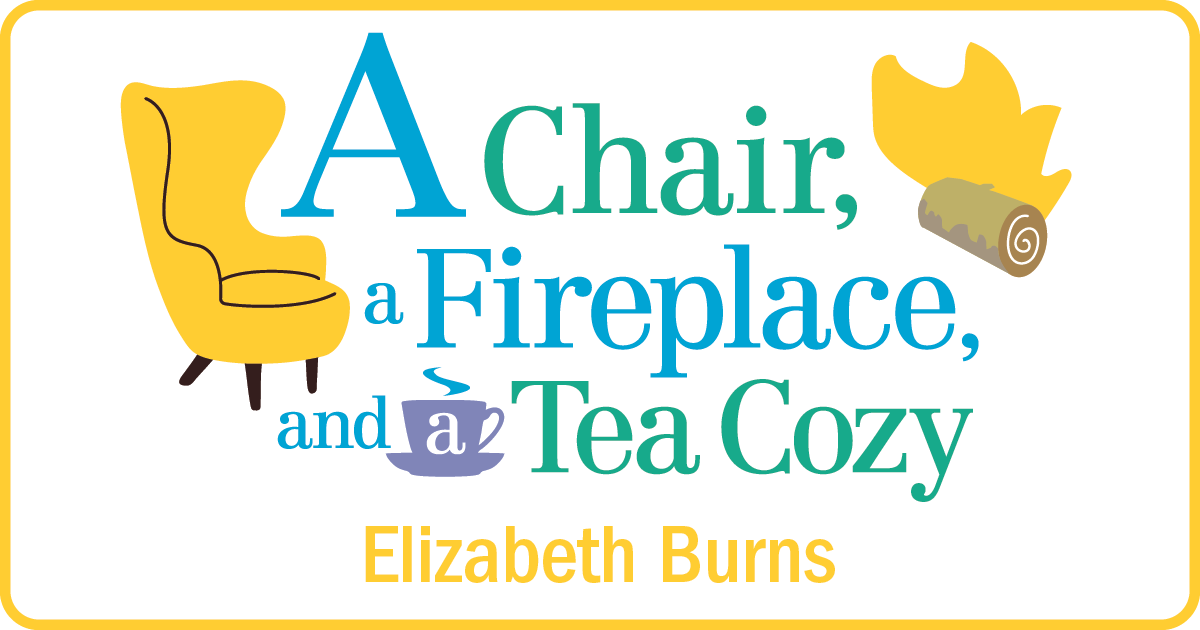SCROLL DOWN TO READ THE POST
Review: The Silence of our Friends
The Silence of Our Friends by Mark Long and Jim Demonakos, art by Nate Powell. First Second. 2012. Graphic Novel. Review copy from publisher.
by Mark Long and Jim Demonakos, art by Nate Powell. First Second. 2012. Graphic Novel. Review copy from publisher.
The Plot: Houston, 1968. Two stories are intertwined; the story of a white family and a black family. Jack Long is the race reporter for the evening news. Larry Thompson is a local activist and college professor. They reach out and develop a friendship, based in part because both realize that “men of conscience have got to get together . . . , or nothing is going to change.”
A non-violent protest at the local historically black college ends violently when police move in to arrest the protesters. Not only are the arrests rough and brutal; a shot rings out, a police officer is injured, and violence erupts. A police officer is shot and killed; hundreds are arrested; and five black college students are charged with his murder.
ADVERTISEMENT
ADVERTISEMENT
Will Jack Long be silent about what he saw happen — that a fellow officer accidentally shot the police officer?
The Good: This is a fictionalized version of the author’s childhood; some things were changed, such as the date of the protest and the details that resulted in the arrests of the TSU Five.
On the surface, this is a story of a friendship and a protest and a trial. This is based on a real life event I knew nothing about; and I’m sure there are many such incidents from the 1960s about which I have little or no knowledge. What struck me most from The Silence of Our Friends is not this big story of racism and violence and prejudice and charges; it was, rather, the little moments, the every day moments in the lives of Jack and Larry and their families.
Jack’s children play games and pretend — the casual use of the n-word will appall the modern reader, and it’s a word that their parents tell them not to use. It’s used by those around them, though. An old friend of the family comes to visit, and the Long family can no longer ignore the casual racism that surrounds them.
The dangers that the Thompson family face are more direct: what it does to a man who is refused service in a store. How two children can’t ride bikes to the local store without the risk of being run down.
Powell’s images are powerful and add to the story telling. For example, it’s not directly said that Jack has a drinking problem. Rather, his increased drinking is shown.
My favorite panel may be that of young Mark, washing out some tonic his mother put in his hair, dealing with a black eye from an encounter with a neighborhood boy (the implication is its the result of his family’s friendship with the Thompsons), and singing to himself the lyrics to Soul Man: got what I got, the hard way, I’m a soul man. Earlier, music had brought the families together. Now, they comfort him when he is alone.
One of Long’s daughters is blind. I loved the portrayal; scenes of her at school, learning how to use a brailler. She is always a part of the family; never explained away or distanced or made “other”. I was a bit surprised to learn from a Publishers Weekly interview that one of the things fictionalized was this — making a sibling blind.
Reviews and interview: Interview with author at The Daily Texan; BookDragon review; Comic Book Resources review; The Horn Book.
Filed under: Reviews
About Elizabeth Burns
Looking for a place to talk about young adult books? Pull up a chair, have a cup of tea, and let's chat. I am a New Jersey librarian. My opinions do not reflect those of my employer, SLJ, YALSA, or anyone else. On Twitter I'm @LizB; my email is lizzy.burns@gmail.com.
ADVERTISEMENT
SLJ Blog Network
Books on Film: Watch the Trailer for the POUT-POUT FISH
Myrick Marketing/Publisher Spotlight Publishing Preview (Fall 2025): Cicada Books, Creston Books, and Cuento de Luz
Detective Manga Round-Up
Take Five: November and December 2025 Middle Grade New Releases
The Classroom Bookshelf is Moving
Derrick Barnes Visits The Yarn
ADVERTISEMENT
ADVERTISEMENT







